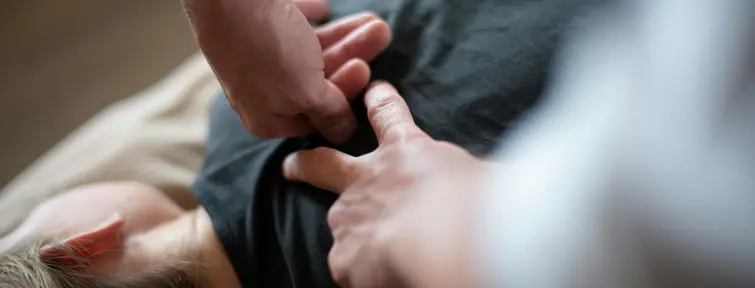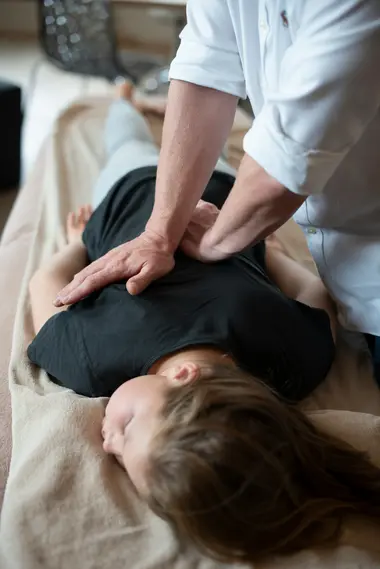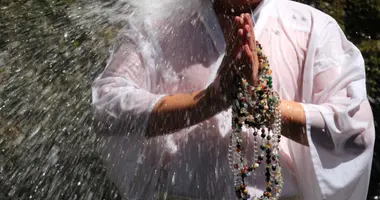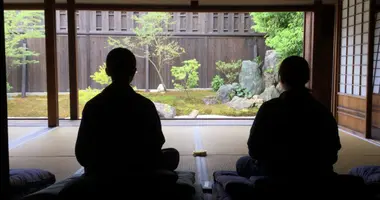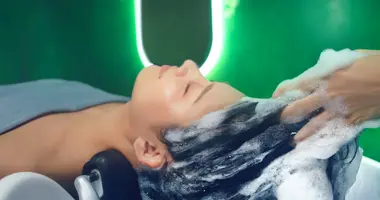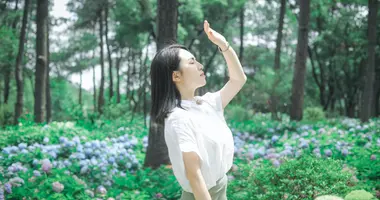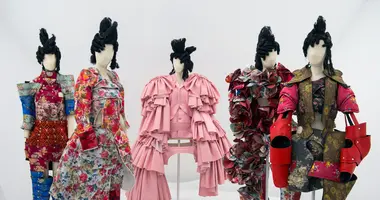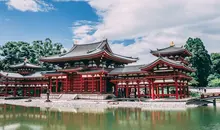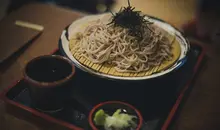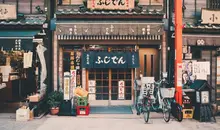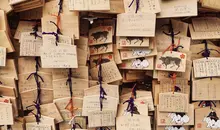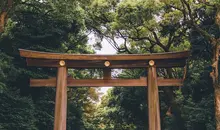Shiatsu: the art of Japanese massage
- Published on : 02/10/2025
- by : Phoebe
- Youtube
Jetlag and back pain? Perhaps you should try shiatsu. Inspired by traditional Chinese medicine, shiatsu involves applying finger pressure to specific points on the body to relieve tension. What benefits can you expect? Where to get a massage in Japan? Japan Experience tells you all about shiatsu!
The art of pressure
Shiatsu is a Japanese practice inspired by traditional Chinese medicine. Literally "finger pressure", it involves exerting pressure with thumbs and palms on precise points on the body, similar to acupuncture points. The aim? To stimulate the circulation of vital energy(qi) along the meridians, relieving tension and rebalancing body and mind.
What are the benefits?
Officially recognized by the Japanese government as a therapy in its own right in 1964, the benefits of shiatsu are manifold:
- Relief of muscular tension and stress.
- Improves blood and lymph circulation.
- Relief of chronic pain (e.g. back, neck, joints, etc.).
- Promotes deep relaxation.
It is also said to stimulate the immune system and help with minor digestive problems.
Who is shiatsu for?
Thought to be a universal practice, there are no contradictions when it comes to practicing shiatsu.
In Japan, practitioners must have a state diploma to be recognized. They undergo several years of training, from philosophy courses to anatomy, physiology and clinical medicine.
And with good reason: shiatsu is rooted in a philosophical philosophy that is unique to Japan and has inherited many cultural influences.
A practice with multicultural influences
Shiatsu was introduced to Japan in 400 BC. While the first works on the subject followed a spiritual path, with medicine closely linked to the divinities, the practice took a more medical turn in the 10th century, when Yasuyori Tamba wrote Ishinpo, a manual highlighting traditional Kampo medicine.
In the 16th century, European medicines were introduced to the archipelago, leading to the publication of major works in the field of anatomy, which had a strong influence on shiatsu.
However, the practice as we know it today was inherited from the 1950s, when Tokujirô Namikoshi, commissioned by the Japanese government, established the foundations and criteria of official Japanese shiatsu.
Intrigued by Japanese philosophy? Discover our cultural activities in Japan!
Where to go for shiatsu in Japan
With the language barrier and the lack of established practices, it can be difficult to find a shiatsu practice in Japan. Fortunately, our editors have a few addresses to share.
- Namikoshi Shiatsu Treatment Center (Tokyo)
Stemming from the school of thought of Tokujiro Namikoshi, founder of the Japan Shiatsu College, the main school that prepares students for the state shiatsu practitioner diploma, the members of the Namikoshi Shiatsu Treatment Center offer treatments in English at a reasonable price.
PRACTICAL INFORMATION
ADDRESS: Namikoshi Shiatsu Treatment Center
OPENING HOURS : daily, 10 a.m. to 8 p.m., closed between 12:30 and 1:30 p.m. and closed on Tuesdays
OFFICIAL WEBSITE: https://www.namikoshi-center.info/en/
- Otomi Therapy (Tokyo)—Editor's recommendation!
Emmanuelle Matsumura is one of the few Frenchwomen to have trained in shiatsu in Japan. In addition to her private practice, Otomi Therapy, in Mitaka, she also consults in Tokyo Paramedi in Yoyogi-Uehara, a French-speaking paramedical practice.
PRACTICAL INFORMATION
ADDRESS: 2 Chome-26-3 Jindaiji, Mitaka, Tokyo 181-0016
HOURS: variable by appointment. Visit the website for more information
OFFICIAL WEBSITE: https://bodymind-therapy.com/
Need a massage without booking it yourself? Consider our shiatsu activity!
Shiatsu massage, literally "finger pressure", is an ancestral Japanese massage that has proved its worth over the years. Tired from your travels? Recharge your batteries with an authentic Shiatsu session.
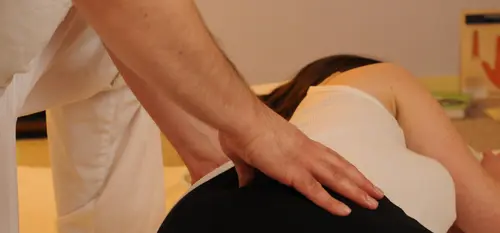
Shiatsu is practised on a patient lying or sitting down.
flickr.com/photos/kiwinky
Good to know
- Unlike other types of massage, the patient remains clothed.
- The session generally takes place on a futon on the floor or on a massage table, in a calm atmosphere.
- Pressure is adapted to the patient's physical condition and needs.
To find out more about Japanese habits and customs, don't hesitate to subscribe to our newsletter and follow us on Instagram.
